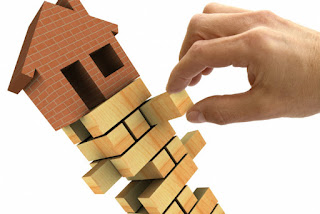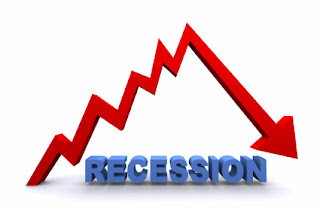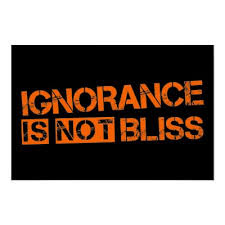Thanks to a variety of idiosyncratic political crises and country-specific stumbling blocks, Brazil, Turkey, Malaysia, and to a lesser extent Russia, have received the lion’s share of coverage when it comes to assessing the EM damage wrought by the comically bad combination of slumping commodities prices, depressed Chinese demand, slowing global trade, and a “surprise” yuan devaluation.
Put simply, the intractable political stalemate in Brazil, the civil war in Turkey, the 1MDB scandal in Malaysia (and the fact that the country was at the center of the 1998 meltdown), and the hit Russia has taken from depressed crude prices mean that if you want to pen a story about emerging market chaos, those four countries have plenty to offer in terms of going beyond the generic “falling commodities + a decelerating China = bad news for EM” narrative.
But just because other vulnerable countries aren’t beset with ethnic violence and/or street protests doesn’t mean they too aren’t facing crises due to falling commodity prices and the slowdown of the Chinese growth machine.
One such country is Australia, which in some respects is an emerging market dressed up like a developed economy, and which of course has suffered mightily from the commodities carnage and China’s transition away from an investment-led growth model.
Out with a fresh look at the risks facing Australia is RBS’ Alberto Gallo. Notable excerpts are presented below.
* * *
From RBS
Australia has become a commodity focused economy, with an increasing exposure to China. For the past decades, Australia has been buoyed by the rapid Chinese expansion, which outpaced the rest of the world. Australia benefited from China’s strong demand for commodities given its investment-led growth model. China is Australia’s top export destination and 59% of those exports are in iron-ore. But as China struggles to manage its ongoing credit crunch and continues its shift to consumption-led growth Australia’s economy is likely to be hurt by lower demand for commodities.
The economy is slowing due to external headwinds. Last quarter, Australian GDP grew at just 0.2% QoQ, its lowest level in the last three years (and below the market consensus of 0.4%). According to the Australian Bureau of Statistics (ABS) the growth rate was driven by higher domestic demand, while lower exports and a declining mining industry continue to present headwinds. Mining’s gross value-added to GDP fell by - 0.3% QoQ in Q2. Despite Reserve Bank of Australia (RBA) governor, Glenn Stevens, citing lower growth as potentially a “feature of the post financial crisis world” meaning that “potential growth is a bit lower”, Australia’s slowing economy is more than just a victim of the post financial crisis world, in our view. Rising unemployment coupled with soaring house prices and vulnerabilities in the commodity and construction sectors are all cause for concern.
Unemployment is rising, and could increase further, given the high proportion of employment in the vulnerable mining and construction sectors. Unemployment is at 6.2%, just shy of the ten year high of 6.3%.Although the number itself is not worryingly high, unemployment has been rising for the last three years, and is likely to continue in our view. Mining and commodity sectors employ 4.5% of the workforce. With lower demand for commodities from China, unemployment in these sectors could rise. Also, unemployment may rise in the construction sector (8.9% of workforce) given vulnerabilities in the housing market, as we explain below.
There are domestic headwinds, too. The housing market is vulnerable, with overvalued properties and over-levered households. House prices in Australia have risen by 22% in the last three years (according to the Australian Residential Property Price Index), with property prices in Sydney overtaking those in London. House prices have risen faster than both disposable income and inflation in recent years, with the gap between growth in house prices and household income closing by over 40% in the last three years.
If unemployment continues to rise, due to losses in mining and construction, the house price bubble could pop. Rising unemployment in the mining industry, due to its exposure to a slowing China, will create risks in the property market; house prices are likely to fall as the newly unemployed could be forced to sell.
The RBA has less dry powder now. The central bank has cut rates twice this year, from 2.25% in March to 2% now. As the domestic economy slows, accommodative policy is needed to encourage investment, particularly in non-mining sectors, to boost growth and create jobs. However, with rates already at 2%, there is much less headroom for monetary easing to offset a downturn in Australia.
The worst is yet to come, in our view.
zerohedge.com/Tyler Durden/October 2, 2015



















